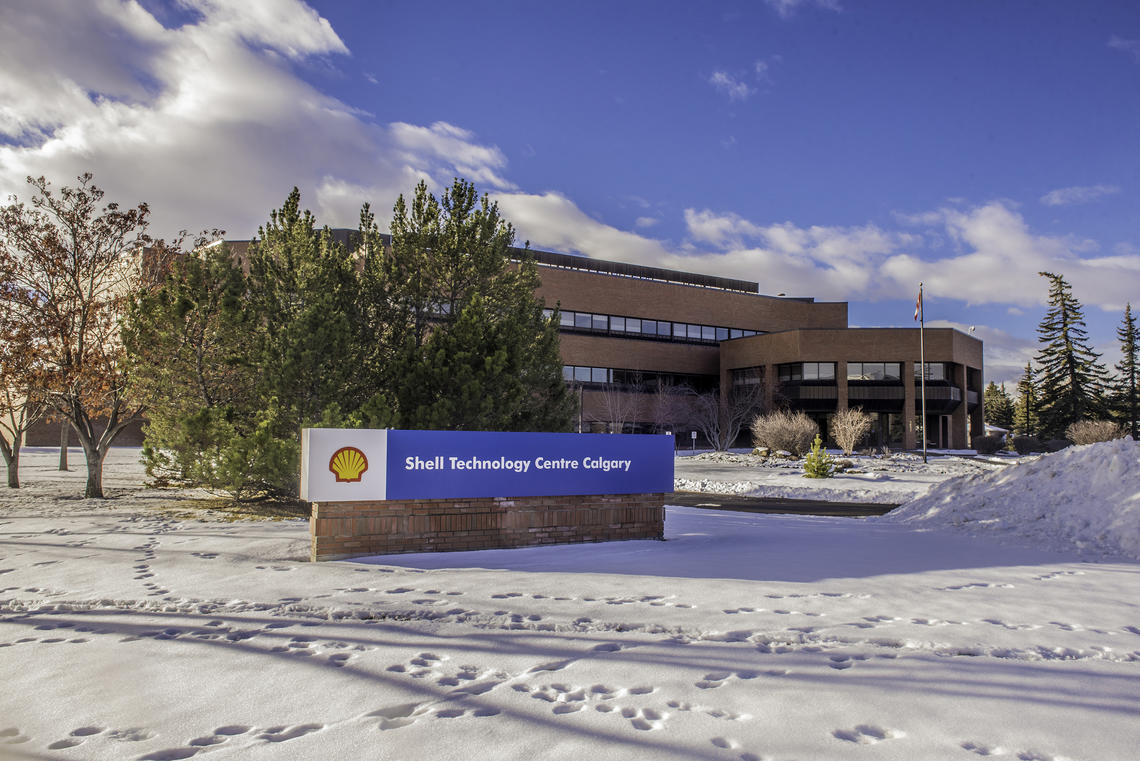Nov. 28, 2018
University of Calgary announces new Life Sciences Innovation Hub

To further reinforce our commitment to establishing University Research Park as a catalyst in driving innovation and economic diversification, the University of Calgary is purchasing the Shell Technology Centre Calgary (STCC). The former STCC will be converted into the new Life Sciences Innovation Hub at UCalgary in early 2019.
“As one of Canada’s leading research institutions, the University of Calgary is a key contributor to the innovation ecosystem in our community,” says Elizabeth Cannon, president of the University of Calgary. “This acquisition is a critical next step in our vision for a revitalized University Research Park. It also reinforces our commitment to fostering the next generation of talented thought leaders through innovation and entrepreneurial thinking.”
Located in University Research Park, the Life Sciences Innovation Hub will be a centre for research excellence and innovation and will build and grow the promising life sciences sector of the Calgary economy. The Hub will be used by students, researchers, startups and companies to interact, create and explore new ideas and concepts, as well as provide dedicated wet lab and office space for companies that are developing and growing.
- Photo above: At the announcement establishing the new Life Sciences Innovation Hub at the University of Calgary were, from left: Diane Kenyon, vice-president (university relations); Michael Crothers, president and country chair, Shell Canada; University of Calgary President Elizabeth Cannon; and Colin Dalton, assistant professor, Schulich School of Engineering, and Neuraura co-founder. Photo by Riley Brandt, University of Calgary
“We are delighted to enable the creation of the Life Sciences Innovation Hub for the University of Calgary through the sale and in-kind gift of our Shell Technology Centre Calgary,” said Michael Crothers, president and country chair, Shell Canada. “For more than 30 years, our teams at the site led energy sector innovation and it’s fitting that the building’s legacy of spurring innovation in Alberta will continue as part of UCalgary. Shell will continue pursuing research and development activities right here in Canada from our operating sites and with third parties.”
Previously, the STCC was a cornerstone of energy exploration and innovation, providing laboratory and technical services to Shell’s upstream and downstream business units. Award-winning breakthroughs were made at the centre, for example, to improve yields in oilsands processing using paraffinic froth treatment. Scientists also worked on innovations in sour gas, transportation fuels and chemicals.
Shell Canada has been a valued champion of the University of Calgary since 1969, and has a long tradition of supporting the university through a number of initiatives and programs including the Shell Experiential Energy Learning Program, AITF Shell/Encana Chair in Unconventional Gas and Light Oil Research, NSERC ASRL Industrial Research Chair, LYNX Aboriginal Student Career and Employment Program, and the Energy New Venture Competition. Shell Canada has also provided valuable funding to the Native Centre in support of various Indigenous initiatives, including the Indigenous Knowledge Lecture Series and the Annual Graduation Banquet.
In recognition of Shell’s generous philanthropic support toward the acquisition of this building, UCalgary has named the main atrium entrance of the Life Sciences Innovation Hub the Shell Atrium. With this extraordinary gift-in-kind, Shell Canada becomes the largest corporate donor to Energize: The Campaign for Eyes High.
Energize: The Campaign for Eyes High is the University of Calgary’s most ambitious fundraising campaign in its history. Funds raised through the campaign will support student experiences, research outcomes and community connections. Together we are fuelling transformational change for the University of Calgary, our city, and beyond — inspiring discovery, creativity and innovation for generations to come. Formally launched in April 2016, the campaign is more than three quarters to its overall goal of $1.3 billion.

The new Life Sciences Innovation Hub at the University of Calgary will be used to explore new ideas.
Shell International Ltd.
